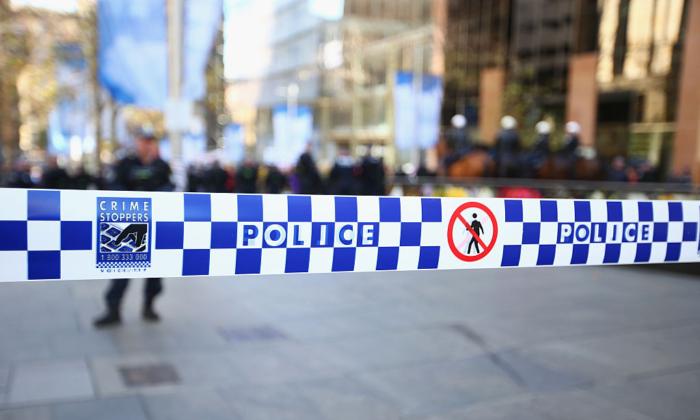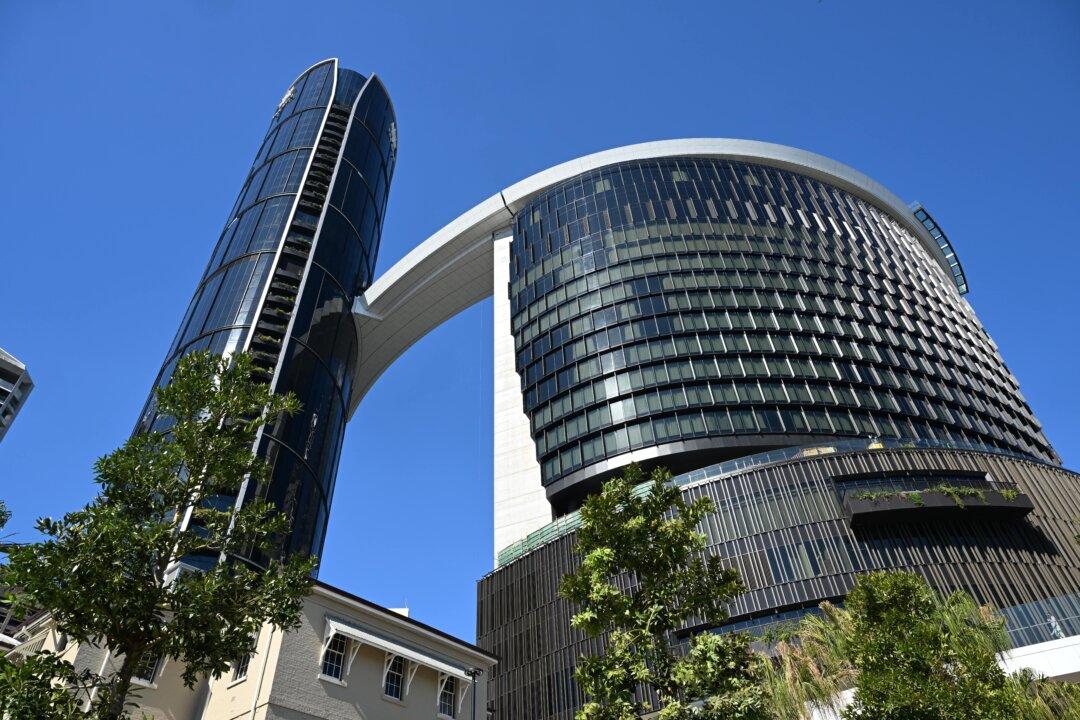Australian workers on JobKeeper wage subsidies are having their payments slashed by hundreds of dollars per fortnight.
The $1500 fortnightly payment is being cut to $1200 for full-time workers and halved for part-time staff.
Labor and the unions have described the reductions as cruel and premature given many businesses, especially those in Victoria, are still reliant on the scheme.
But Deputy Prime Minister Michael McCormack insists it is time to wind down the supports.
“We’ve done everything to make sure we’ve supported the economy, supported workers still being attached to their businesses,” he told the ABC on Sept. 28.
“But it’s time for Australians to get back to work.”
The cuts come days after coronavirus supplements for welfare recipients were reduced by $300 per fortnight.
Shadow treasurer Jim Chalmers says there will be millions of dollars less a fortnight being spent in local economies.
He is urging the government to use its forthcoming budget to focus on stimulus that is labour intensive and helps Australia’s towns.
“They should be looking for ways to make an investment that makes a genuine difference right away, and has a lasting benefit for the country,” Chalmers told radio 4CA.
Victoria recorded just five new cases of coronavirus on Sept. 28, the lowest figure in more than three months.
Pressure is mounting on the state government to ease more lockdown restrictions.
City-wide curfews for Melbourne residents have been scrapped as case numbers remain low.
But people are still banned from travelling further than five kilometres from their homes and are only allowed to exercise for two hours each day.
Primary school students and those in year 12 will soon return to the classroom, while gardeners and sole traders in similar roles will be allowed to return to work.
Victoria also recorded another three deaths on Sept. 28, taking the national toll to 875.
The state’s 14-day rolling average, which is a critical marker for easing restrictions, has fallen to 20.3 in metropolitan Melbourne and remains stable across the regions.
NSW recorded no new cases for the second day in a row, but health officials urged people to remain vigilant during school holidays.
SA and Queensland also recorded no new cases, while test results are due for crew of a ship anchored off the Western Australian coast.
So far nine crew members have tested positive, including seven people who are still onboard.
The federal government extended support for struggling domestic airlines on Sept. 28, while encouraging intransigent states to ease border restrictions.
Tasmania, Western Australia and Queensland still have strict controls in place.
Meanwhile, New Zealand Prime Minister Jacinda Ardern has given her most optimistic comments yet about a cross-Tasman travel bubble before the end of the year.





